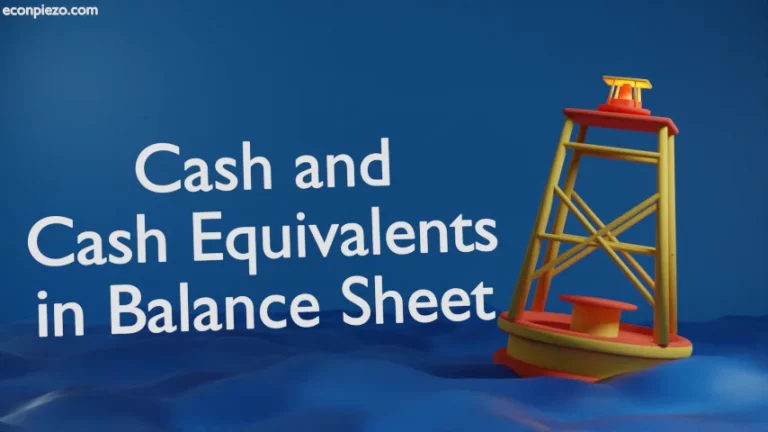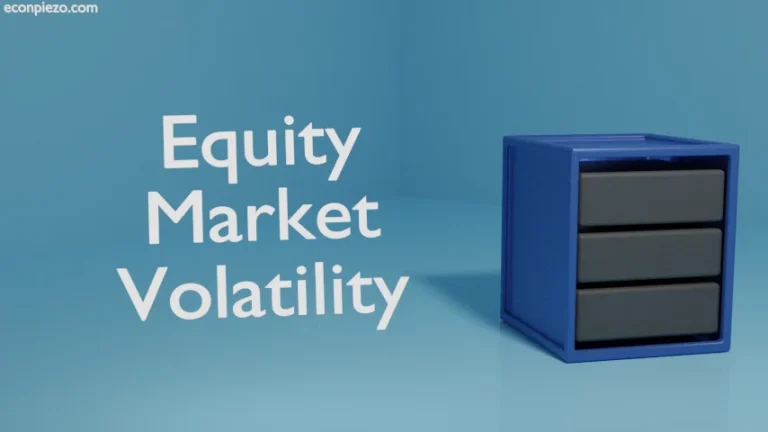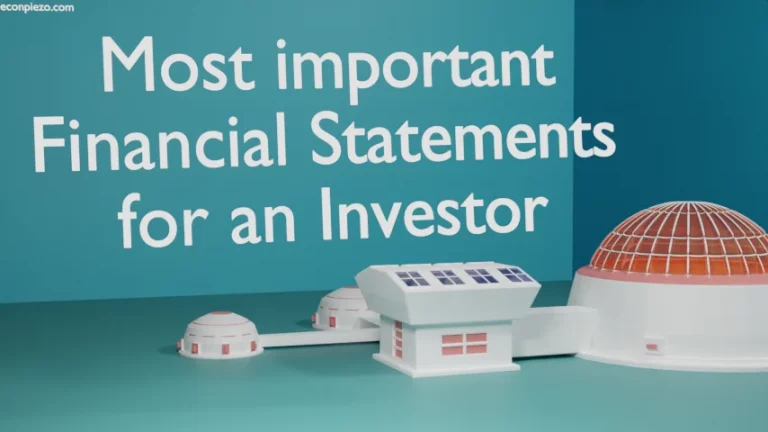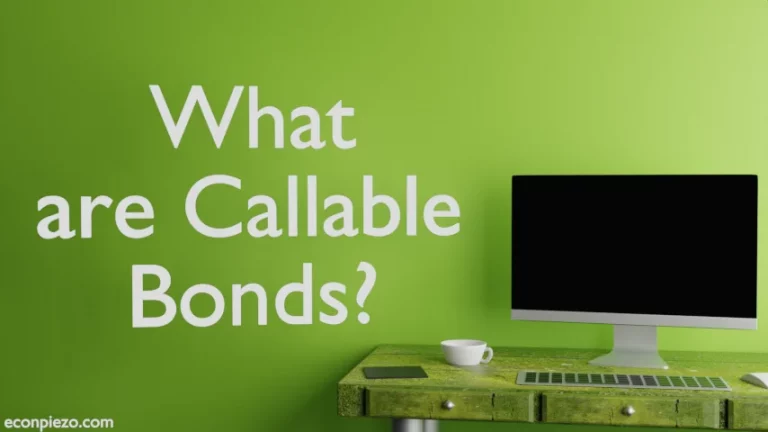In this article, we cover the MT103 document. It acts as proof of payment in case you have sent your money over SWIFT Network. As nations across the world have loosened capital controls, it has in turn led to a spur in cross-border payments.
There are various means that can help us transfer money internationally. Using SWIFT Network could be one of the ways to get the transactions executed. SWIFT uses a secure messaging system.
At times, the money we have sent can’t be credited to the beneficiary’s account for numerous reasons. Usually, SWIFT transactions are processed within 1 and 5 Business days. But, when it takes longer than that. Then, we or the beneficiary have to trace funds.
And, that can be done through an MT103 document. It not only acts as proof of payment but also contains relevant data that beneficiaries can use at their end to trace funds.
MT103 document
The MT103 message is sent by a bank or financial institution on behalf of its customer to the bank or financial institution of the beneficiary customer.
We need to make a request to the bank for getting the MT103 document. And, banks charge a fee for it. MT103 document contains Sender, Receiver details, Message User Reference number, and Unique End to End Transaction Reference numbers.
Apart from that it also has the following fields:
|
Field |
Description |
|
:20 |
Sender’s reference |
|
:23B |
Bank operation code |
|
:32A |
Value Date/Currency/Amount |
|
:33B |
Currency/Amount |
|
:50A, F, K |
Ordering Customer |
|
:52A, D |
Ordering Institution |
|
:53A, B, D |
Sender’s Correspondent |
|
:54A, B, D |
Receiver’s Correspondent |
|
:56A, C, D |
Intermediary Institution |
|
:57A, B, C, D |
An account with the Institution |
|
:59, :59A, F |
Beneficiary Account |
|
:70 |
Information regarding remittance |
|
:71A |
Charge details |
|
:71F |
Sender’s charges |
|
:71G |
Receiver’s charges |
It can also contain other optional fields as well. We have covered almost all of it that could be there in your MT103 document. Here, in :71A we get BEN/OUR/SHA options. It is about who pays for charges whether these are borne by the beneficiary, us, or shared.






